Floral Design in Fashion Floral Design Background
A brief history of floral design in way
Today is Floral Design Mean solar day! Floral Design Day began in 1995 as a manner to celebrate the birthday of Carl Rittner, the founder of the Rittner School of Floral Design in Boston. On this twenty-four hours, nosotros're delving into our collections to give you lot some examples of floral design and looking at how floral pattern has influenced fashion through the ages.
Floral blueprint history takes united states all the way back to Ancient Egypt, where designs included order, simplicity and repetition of a particular pattern, with specific flowers having special meanings, such as the lotus blossom which was considered sacred. In Greek and Roman times, existent flowers were used to decorate wearable through bouquets, wreaths, garlands and brooches which would add a scented flourish for any occasion.
It wasn't until the belatedly-medieval period that we started to see floral blueprint included on fabrics. This can largely be attributed to China in the 12th century, when embroidered fabrics showing cute flowers and scenes of nature were used for clothing. This tendency swept through Middle Eastern and Asian countries, and thanks to the Silk Road, made its way into Europe via Italian merchants.
In the fifteenth and sixteenth centuries, Italian cities similar Venice and Florence were renowned for their sumptuous velvet fabrics that incorporated gold and argent threads in large floral patterns, inspired by the fabrics imported from the Ottoman Empire.
These beautiful fabrics, along with embroidered silks made their fashion to French republic where, at the court of Louis XIV, superintendent of finance Jean-Baptiste Colbert pushed forward a plan to promote the new French embroidered silks inspired from those traded by Italian merchants. These silks made their fashion to England, however the designers here based their designs on botanical specimens and engravings.
Information technology was the manufacture of printed cloth that fabricated floral patterns available to the masses, rather than exclusively for those who could afford the expensive embroidered velvet and silks from the continent. Chintz, which originated in India, became popular in eighteenth century Europe, cheers to British and Danish merchants. This printed floral cloth (originally glazed calico) was an unknown technique in Britain until 1759. British manufacturers then began printing fabrics at a lower price, with designs ranging from large exotic floral motifs to modest floral sprigged patterns.
The Industrial Revolution of the nineteenth century increased the production of printed fabrics tenfold, making floral chintz printed patterns available for the masses, and specially women's 24-hour interval dresses. Later this century, artists of the craft movement influenced the designs of floral prints, with William Morris making the sunflower a pop motif.
This trend for printed floral fabrics continued through the twentieth century, featuring in Liberty prints of the 1920s, the hibiscus prints on men'southward Hawaiian shirts in the 1940s, tropical flower designs of the 1950s, blossom power in the 1960s, Laura Ashley in the 70s and 80s, and even through to the twenty-starting time century with the floral leggings tendency of 2014.
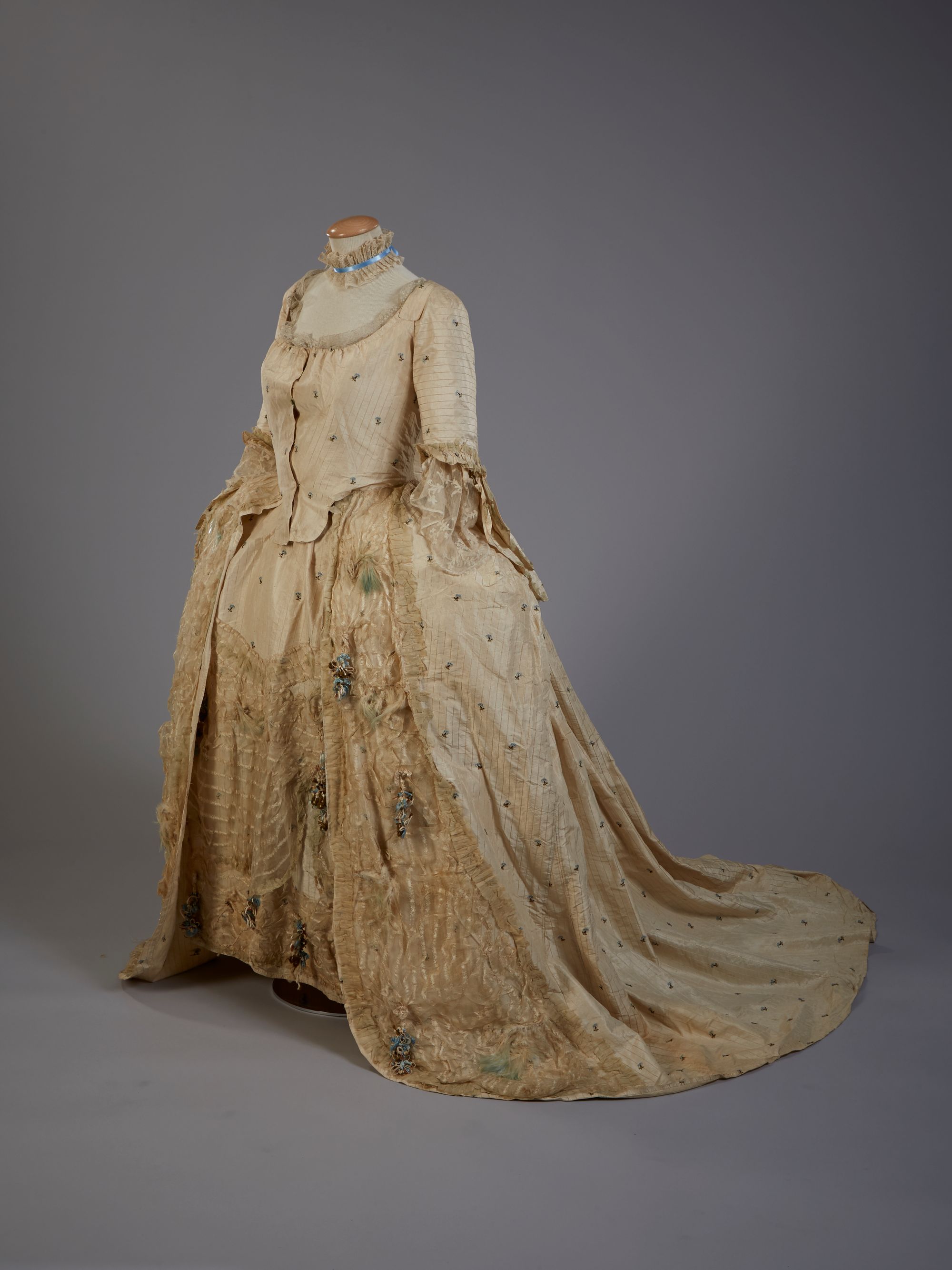
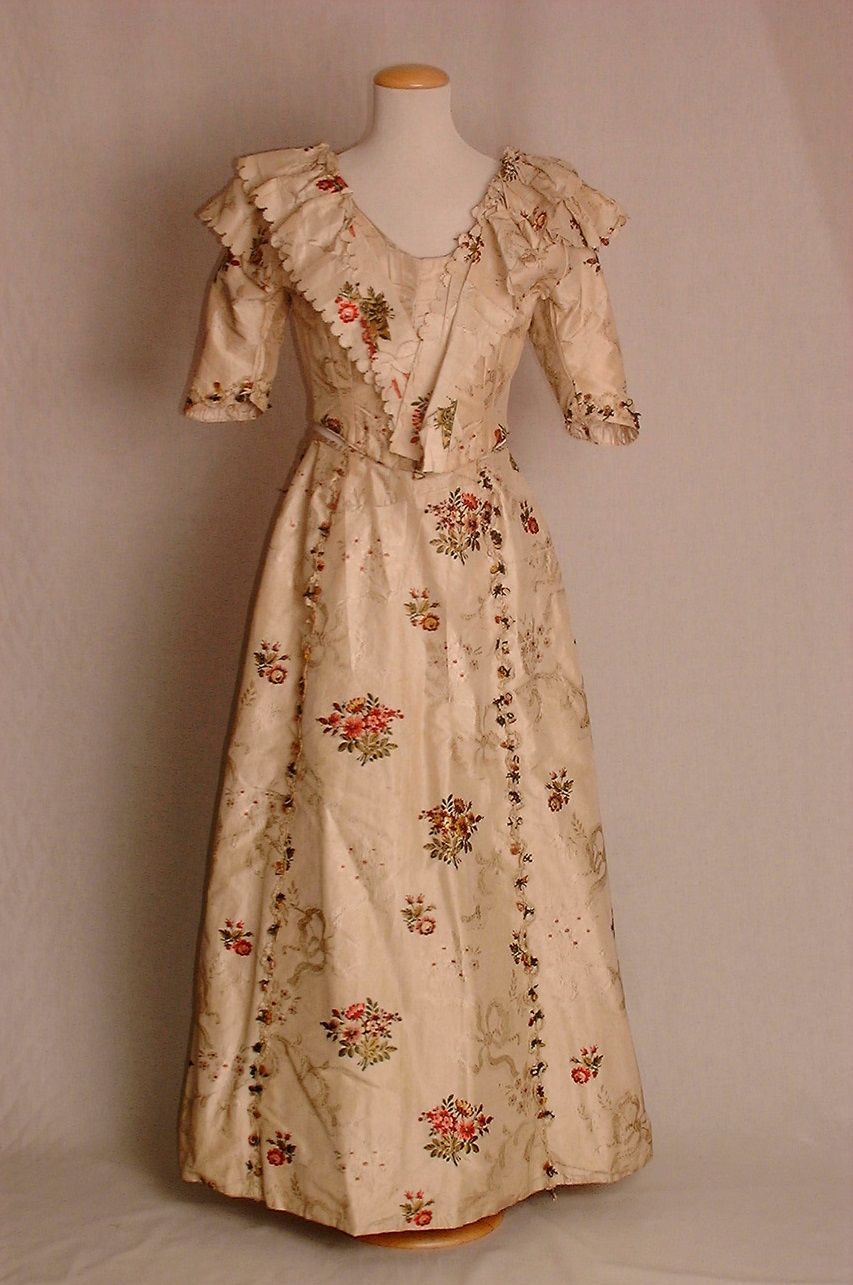
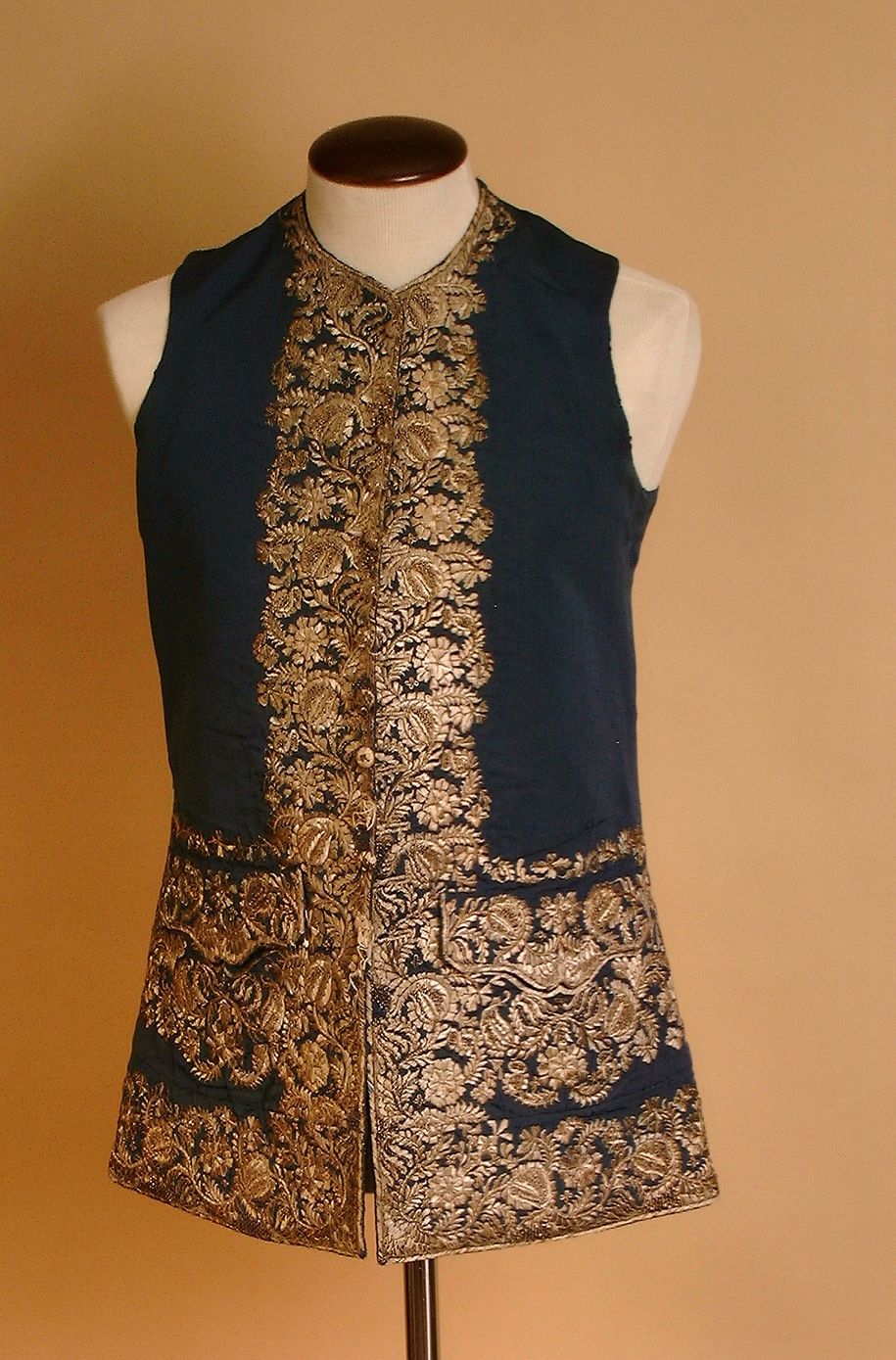
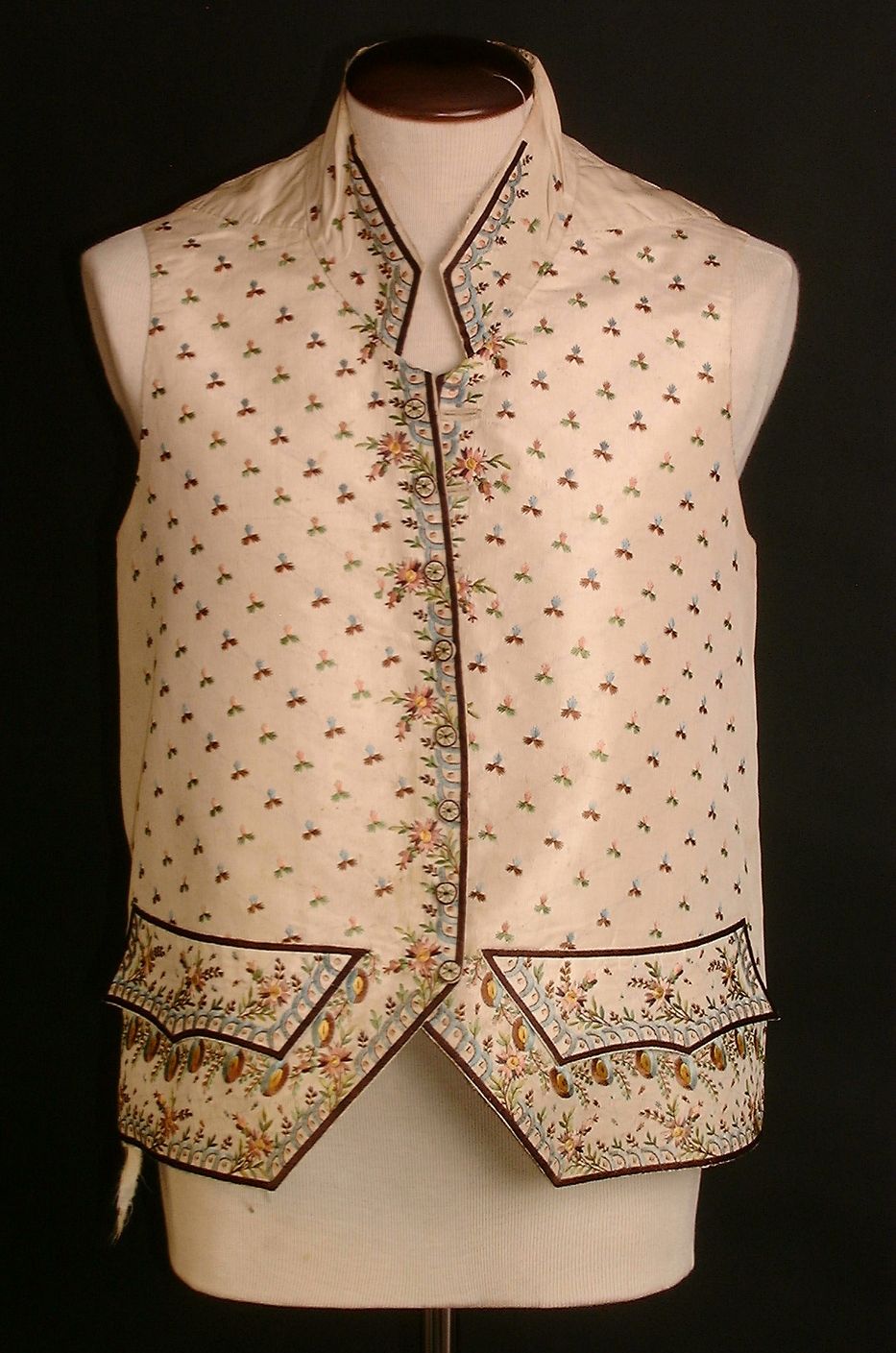
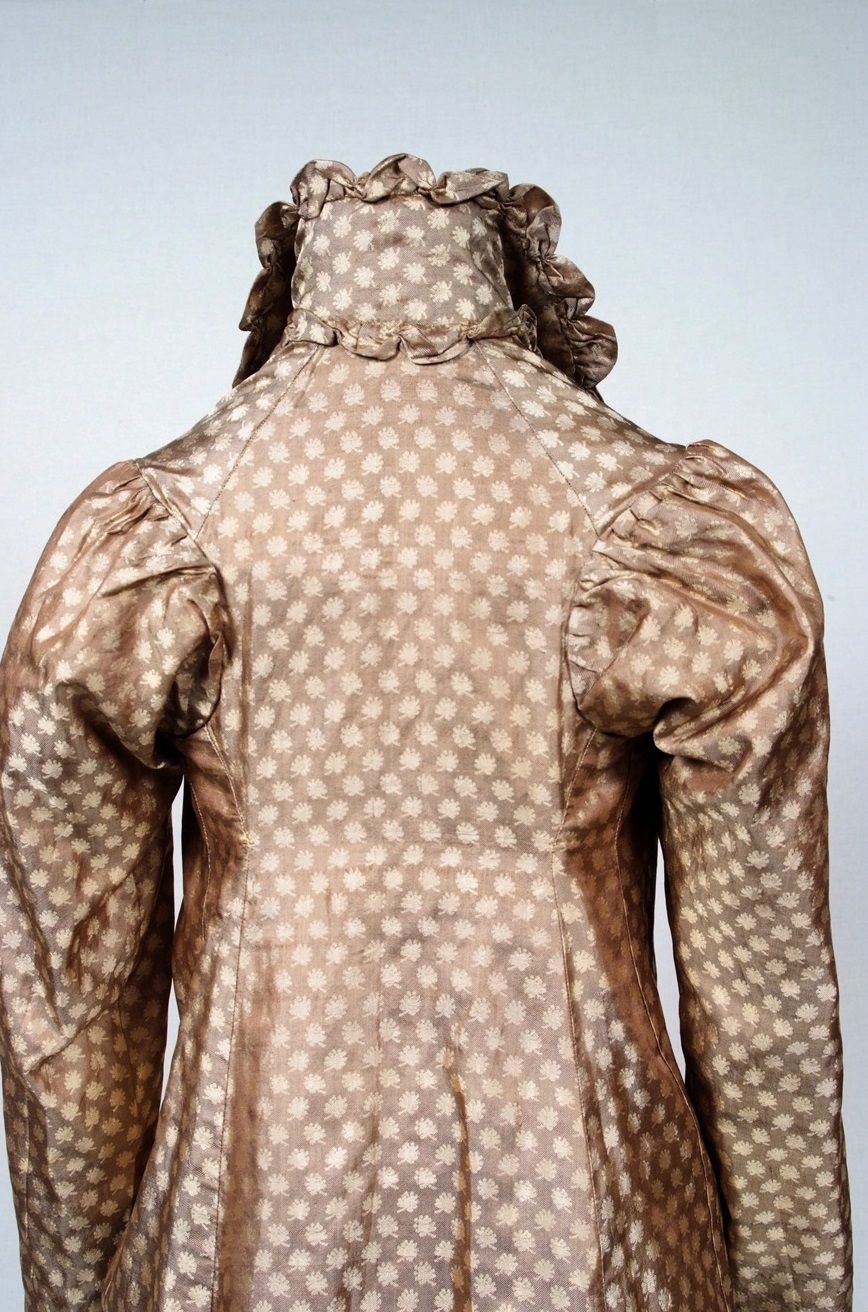
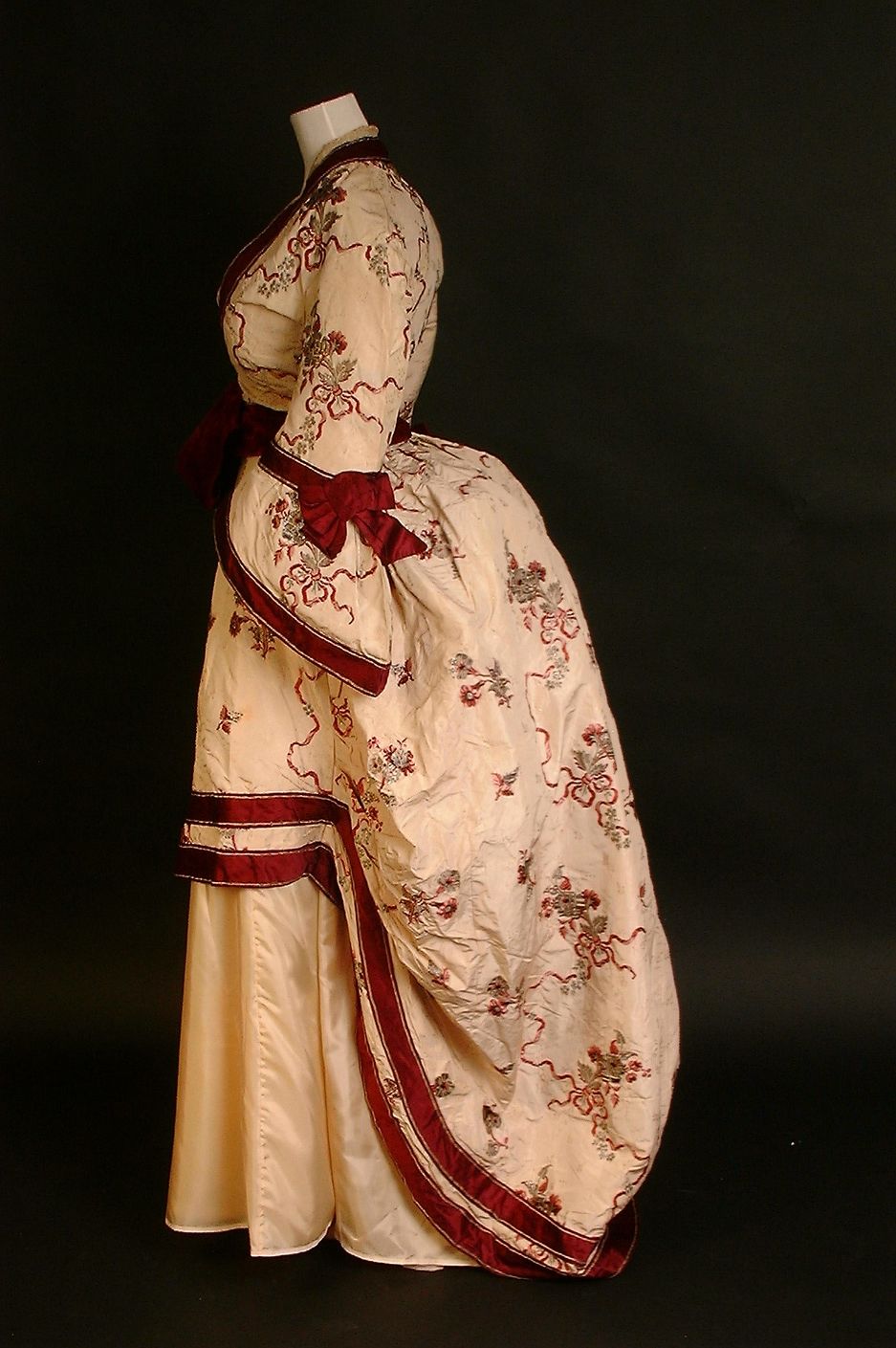
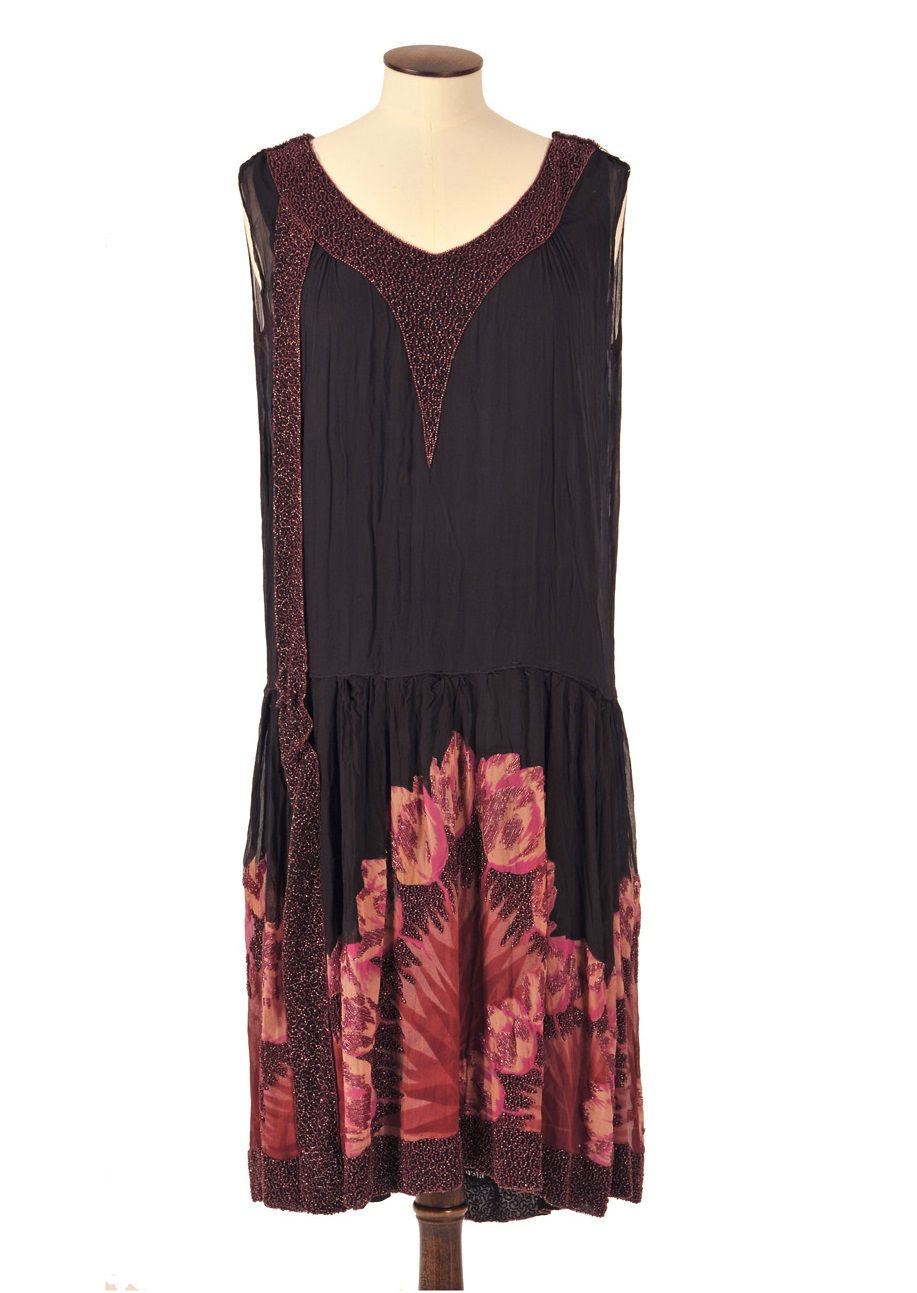
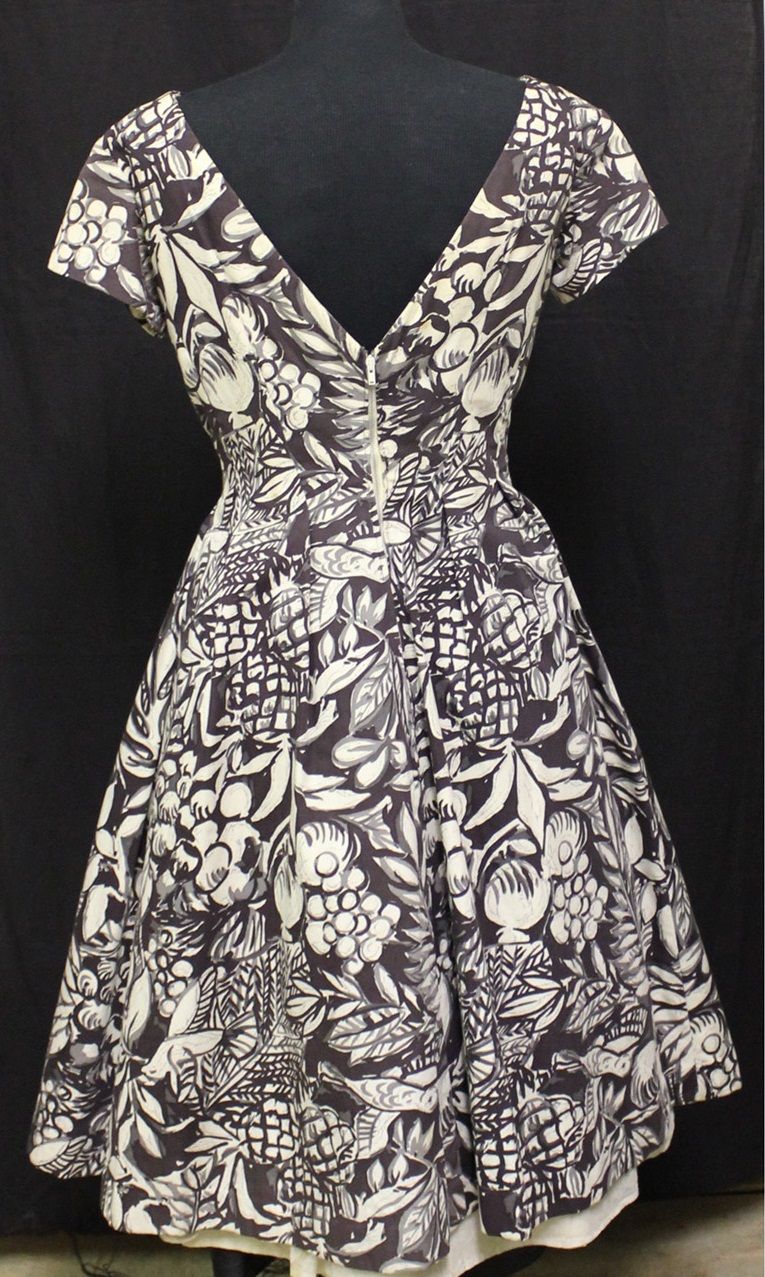
If you have enjoyed Civilisation on Call and you are able to make a donation, please click the link beneath. Any back up you tin can give volition assistance us keep communities connected to civilisation in these difficult times.
Donate Now | Hampshire Cultural Trust
Our venues are condom and inclusive spaces that provide great cultural experiences at the centre of our communities and connect everyone to Hampshire's rich heritage.Nosotros welcome over 700,000 visitors to our venues each year and also work with over 2,000 people annually who are vulnerable or who otherwi…


0 Response to "Floral Design in Fashion Floral Design Background"
Post a Comment